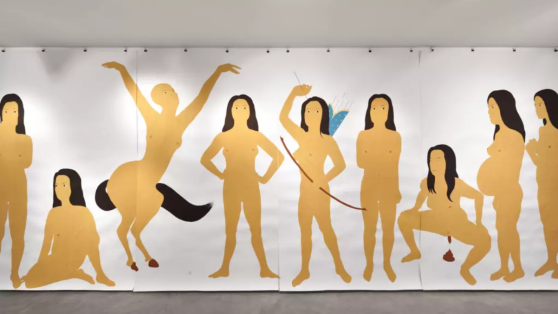Door Famke Veenstra van Tijdschrift LOVER
“Wat zijn we ver gekomen, hè? Vroeger konden we alleen nog maar liggen,” zeg ik tegen mijn zus als we de eerste grote hal van Musée d’Orsay in Parijs binnenwandelen. Prachtige marmeren beelden van gespierde heldhaftige mannen en hulpeloze horizontale vrouwen vullen de ruimte.







